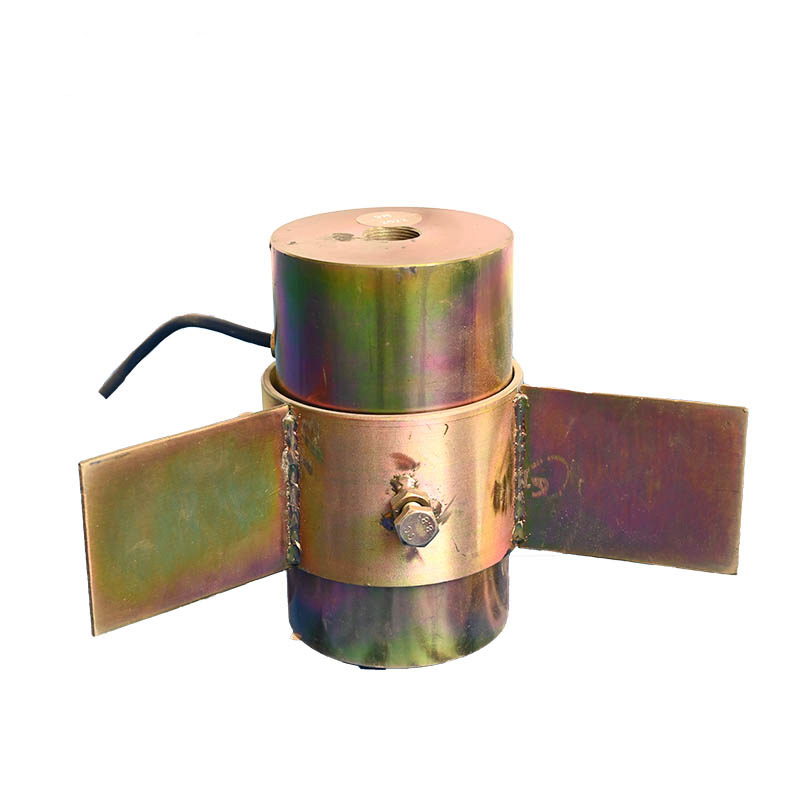Tianyi Sensor IOT Technology Co., Ltd
Sales Manager:Ms. Emily Wang
Cel,Whatsapp,Wechat:+86 15898932201
Email:info@fengtutec.com
Add:No. 155 Optoelectronic Industry Accelerator, Gaoxin District, Weifang, Shandong, China

Sales Manager:Ms. Emily Wang
Cel,Whatsapp,Wechat:+86 15898932201
Email:info@fengtutec.com
Add:No. 155 Optoelectronic Industry Accelerator, Gaoxin District, Weifang, Shandong, China

Model:FT-ZL2
Brand:tianyi
1.Introduction to Axial force meter
Axial force meter measures the reaction force of the foundation on the superstructure and is used for long-term monitoring and automated measurement of various structural load pressures.This series of Axial force meter, also known as the reaction force meter, is a vibrating force sensor with high resolution, strong anti-interference performance, sensitive response to concentrated loads and stable performance.It can measure the reaction force of the base on the superstructure, the axial force of the steel support and the load during the static pile experiment for a long time.If a temperature sensor is installed, the temperature of the installation point can be measured simultaneously.
2.Axial force meter application scenarios
Bridges, tunnels, rail transit, buildings, highways
3.Features of Axial force meter
1.Use imported steel strings, stable temperature performance and long service life
2.Built-in temperature sensor for easy temperature compensation
3.All main components are subject to special surface treatment process, suitable for use in harsh environments
4.High discrimination rate, strong anti-interference ability, and sensitive to concentrated loads
4.Technical parameters of Axial force meter
Range: 1000kN, 2000kN, 3000kN, 4000kN, 5000kN, 6000kN
Resolution: 0.1%FS
Operating temperature: -20℃~+60℃
Temperature measurement accuracy: ±0.5℃
To meet the needs of air pollution prevention and control, environmental protection authorities require more refined and efficient air quality supervision. However, traditional national standard monitoring stations, despite providing high data accuracy, face limitations such as high construction cos...
Rain And Snow Gauge is a high-precision precipitation monitoring device utilizing weighing and Internet of Things (IoT) technology. It can monitor all types of precipitation, including rain and snow, and is specifically designed for meteorological observation and environmental monitoring....
Underwater sonar imaging sounder is a portable underwater detection device integrating sonar technology and video recording. It generates high-resolution underwater topographic images, 3D models, and target location information by emitting sound waves into the water and receiving the echoes. It is suitable for single-person outdoor operations such as underwater search and rescue, topographic mapping, and engineering surveys....
In high-risk industries such as chemical plants, production safety is not only crucial for business operations but also directly related to personnel safety and environmental protection. These locations often contain flammable and explosive gases or dust, where conventional weather monitoring equipm...